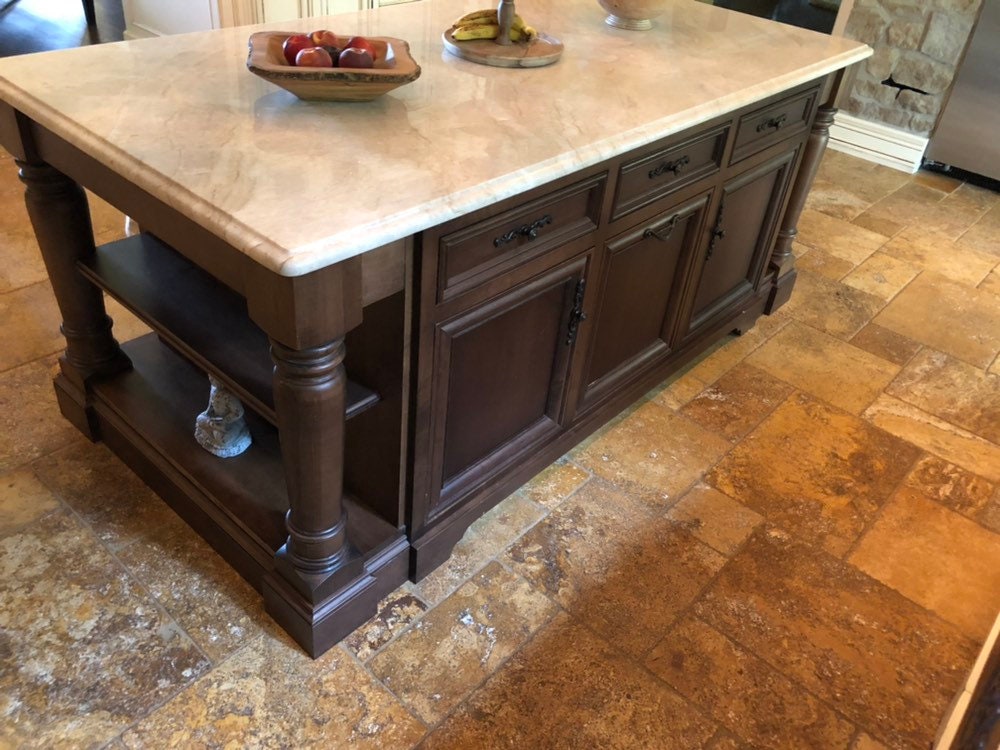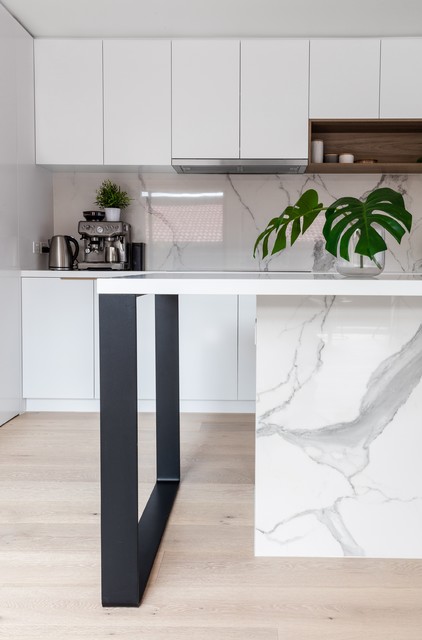Special Kitchen Island Legs for a Personalized Kitchen Look
Special Kitchen Island Legs for a Personalized Kitchen Look
Blog Article
Important Tips for Choosing the Perfect Eating Table for Your Kitchen
Selecting the excellent eating table for your kitchen area is even more than simply a matter of taste; it demands an extensive understanding of your space and demands. Begin by determining your available area to make certain ample clearance for motion. The shape of the table plays a crucial duty; while rectangle-shaped tables fit larger locations, round ones foster intimacy, and extendable choices offer adaptability. Material option is similarly critical, with hardwoods providing resilience and glass financing a contemporary touch. The table must balance with your cooking area's aesthetic appeals and fit your household pleasantly. What other factors might affect this crucial choice?
Procedure Your Area
Selecting the suitable eating table starts with a meticulous assessment of your available space. This foundational step guarantees that the table not only fits conveniently within the space however also complements the general layout and performance of your dining location.
It is crucial to leave adequate space for chairs to be drawn out and for individuals to relocate around the table without obstruction. A general rule of thumb is to enable at least 36 inches of clearance from the side of the table to the local wall surface or piece of furniture.
Furthermore, believe concerning the variety of people you usually entertain and whether you require extra area for guests. Going with an extendable table can provide versatility, allowing you to accommodate differing varieties of diners. By properly measuring your area, you prepared for choosing an eating table that enhances both the aesthetics and performance of your dining area.
Pick the Right Shape

On the various other hand, round tables are excellent for smaller cooking areas or intimate gatherings, as they advertise conversation by enabling every person to encounter each other. They likewise give a sense of comfort and can fit well in tighter spaces because of their lack of sharp edges. Oblong tables supply the most effective of both globes, integrating the length of rectangular tables with the intimacy of rounded ones, making them functional for various settings.
Square tables are an additional alternative, specifically matched for square-shaped spaces. They produce a in proportion and contemporary look, fostering an equivalent eating experience for all seated.
Product Considerations
When selecting a dining table, product considerations are paramount in figuring out the table's toughness, maintenance demands, and total aesthetic. Timber is a classic selection, using timeless charm and robustness.
Glass-topped tables provide a modern-day, smooth look and can make an area appear bigger because of their transparency. However, they call for regular cleaning to prevent spots and fingerprints. In addition, tempered glass is advised for its added toughness and security.

Last but not least, composite materials like MDF (Medium-Density Fiber board) or plywood are affordable alternatives. These materials can mimic the appearance of strong wood but might not use the exact same longevity. They are normally much easier to clean yet can be vulnerable to water damages if not effectively secured.
Ultimately, the option of material must align with your cooking area's design, your way of life requires, and your budget plan restraints. (kitchen island legs)
Seating Capability and Comfort
Exactly how do you determine the appropriate seating ability and comfort for your dining table? This essential action involves analyzing both the physical area available in your kitchen area and your home's useful requirements. Begin by gauging your kitchen area to make sure the table fits pleasantly, permitting a minimum of 36 inches of clearance around it for simple movement. Think about the variety of individuals who normally dine together, as this will influence the table dimension. For a family members of four, a rectangular table of 48 inches long or a round table with a 48-inch size is normally sufficient.
The elevation of the table need to preferably be around 30 inches, giving a well balanced ergonomic position for seated restaurants. Chairs need to have a seat elevation of 18 to 20 inches to make certain a comfortable eating posture.
Style and Aesthetic Appeal
Picking a table that fits your style and aesthetic appeal includes balancing individual preference with the existing style of your eating room. The table is commonly the focal point of the cooking area, and its layout should match the general motif of the room. Whether your cooking area boasts a contemporary, minimal appearance or a rustic, farmhouse appeal, the table you pick ought to harmonize with these aspects to produce a cohesive and inviting atmosphere.
Think about products meticulously; wood offers an ageless allure and can range from abundant mahogany for a typical appearance to lighter oak for a contemporary feel. Metal and glass tables, on the other hand, can introduce a sleek, industrial edge to your kitchen. Don't forget the table's form-- rectangle-shaped tables are classic and functional, while round and oblong options can foster an click this extra intimate dining experience.
Additionally, pay very close attention to information and coatings. A troubled finish could look here include character and warmth, whereas a shiny surface can add to a tidy, modern-day aesthetic. Ultimately, your table ought to not only in shape effortlessly right into your kitchen area's style yet also show your personal design, elevating the room both functionally and aesthetically.
Conclusion
Finally, choosing the perfect table for a cooking area demands mindful evaluation of space, shape, material, seating ability, and aesthetic harmony. Guaranteeing a minimum clearance of 36 inches assists in comfortable activity, while the option of shape improves spatial characteristics. Material option influences durability and layout, making it critical to line up with the cooking area's total aesthetic. Inevitably, an appropriate table cultivates an inviting ambience and suits the household pleasantly, therefore improving the dining experience.

When choosing a dining table, product considerations are critical in identifying the table's durability, upkeep requirements, and total visual. For a family of 4, a rectangle-shaped table of 48 inches long or a round table with a 48-inch size is generally sufficient.
Do not ignore the table's useful link form-- rectangular tables are classic and versatile, while round and oblong choices can promote an extra intimate dining experience. kitchen island legs.
Report this page